For years now, the scientific community has acknowledged human activities as the main cause of climate change. The mass tourism industry contributes to the production of carbon emissions. Let’s find out how tourism contributes to global warming.
Our planet is experiencing a period of overheating. The main cause is the overexploitation of natural resources that the human does. This trend, if not contrasted, will cause permanent damages to the world’s biodiversity and ecosystems, which can lead to our extinction.
The Carbon Footprint of Tourism
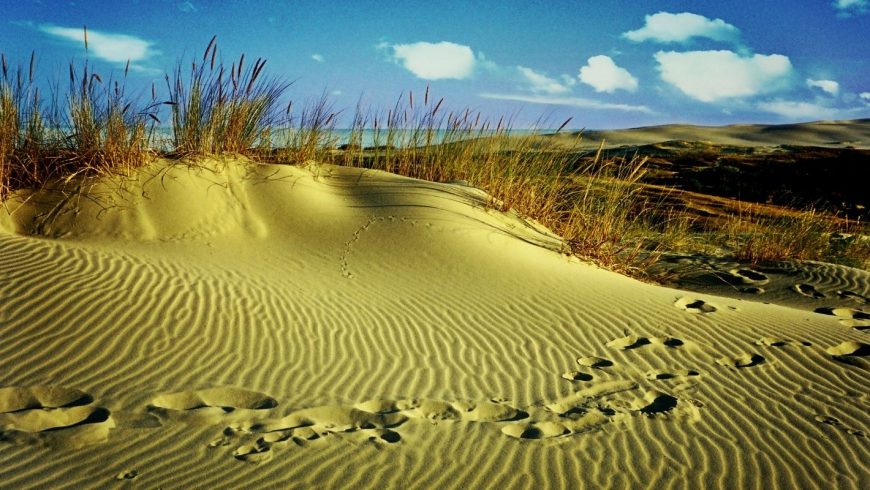
Tourism produces about 8% of the overall CO2 emissions, and this percentage is constantly growing. According to a study published in Nature Climate Change in 2018, tourism produced emissions will increase by 4% every year. This data is worrying, we need to find an alternative solution to our touristic habits.
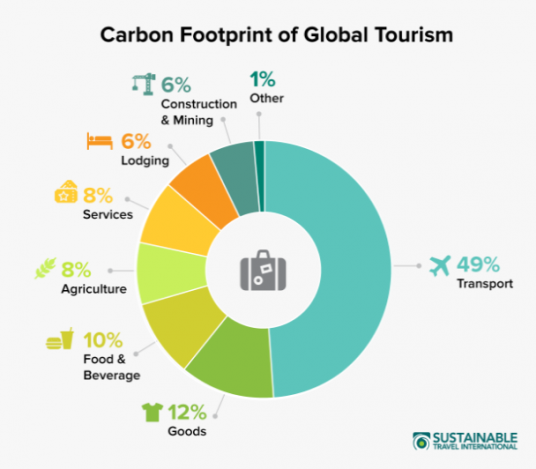
To better understand where do we have to find sustainable alternatives, let’s analyze which areas of tourism are more involved in CO2 emission.
1. Transportation: almost half of the total CO2 emissions are produced during the travel
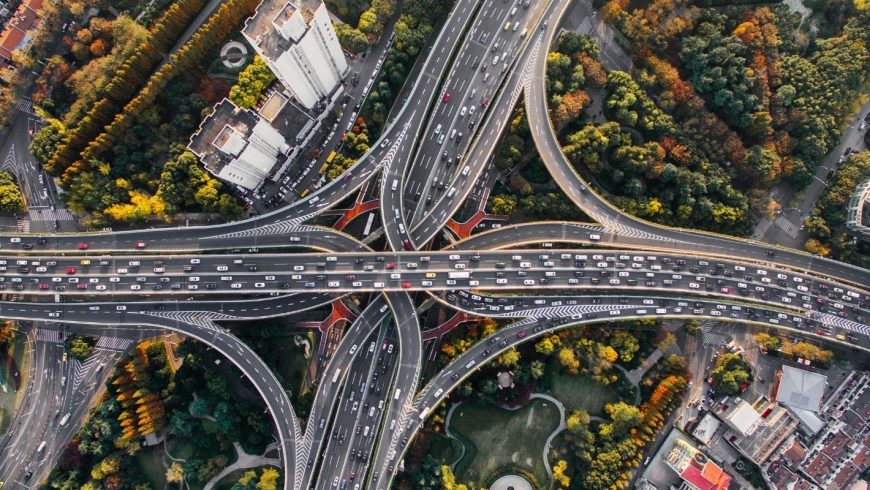
Transports are the main cause of global warming in tourism. In fact, about 49% of the emission is produced during travel. The most polluting means of transportation are airplanes. These are followed by autos and motorcycles. Means like touristic busses, trains, and ferries have a lower impact.
The recent economic growth of many countries has allowed ever more people in the world to travel. Among many positive consequences, such as the increasing cultural exchange and the generated profit, lurks the danger of CO2 emissions.
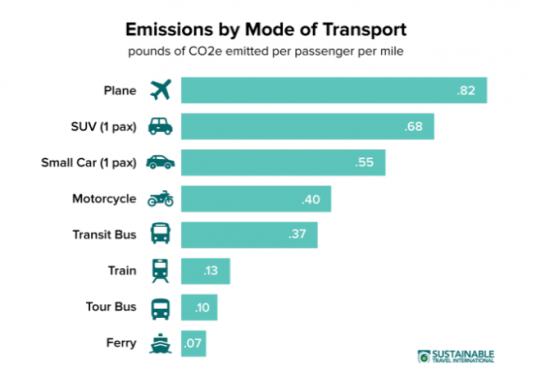
To lower the admissions produced by transportation, tourists can adopt some simple expedients. In this regard, it is possible to choose a low impact means of transportation or to select a closer destination. We don’t have to renounce to our travels if we know how to contain emissions.
2. Facilities: direct and indirect emissions of tourist buildings

Among other areas with a high percentage of carbon emissions, we can find construction processes and facilities consumption. During the construction process of a building, the transportation and the manufacture of building materials are CO2-producing activities. On the other hand, facilities produce CO2 when their energy sources are not renewable. Obviously, large structures tend to have higher consumption rates than small ones, so they create more emissions.
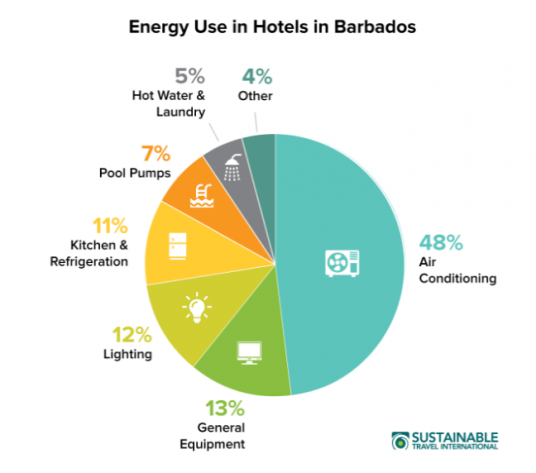
The service with the higher consumption rate is for sure air conditioning, followed by generic electric devices, kitchen services, and lighting. However, the real difference between the high or low environmental impact of a facility depends on its energy sources. Renewable sources, like photovoltaic or solar energy, allow structures to be more efficient, as well as to limit CO2 emissions.
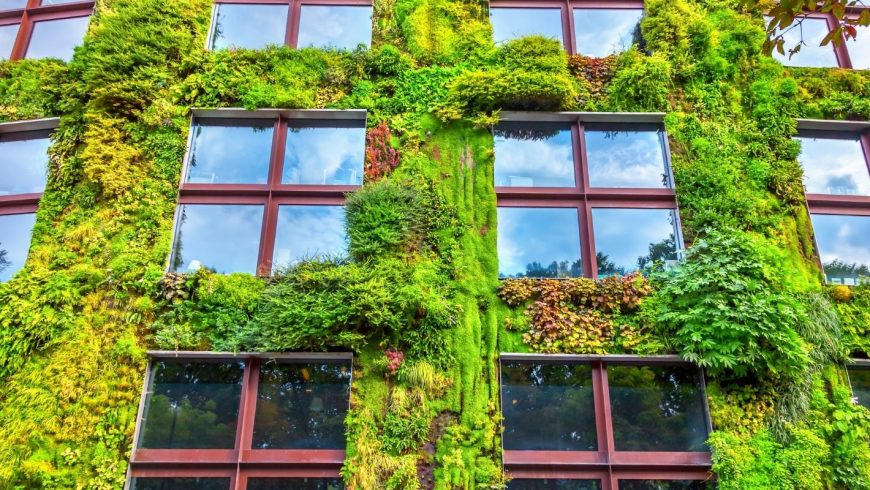
Touristic buildings generate also indirect emissions. New structures, parking lots, and roads occupy surface that could be covered in trees or plants, which normally absorb CO2. To reduce this problem, environmentally involved architects are developing building new practices. For example, green architecture has the goal to create new structures without damaging the environment.
3. Food: the biggest contradiction
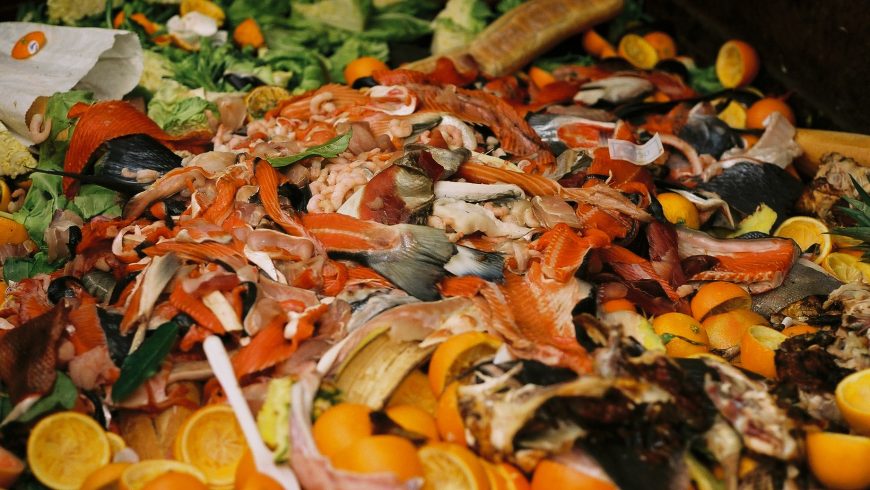
Although a quarter of carbon emissions are worldwide caused by the food industry, a third of the food is wasted. Yes, a third of the carbon emissions of the food industry comes from food that will not be consumed.
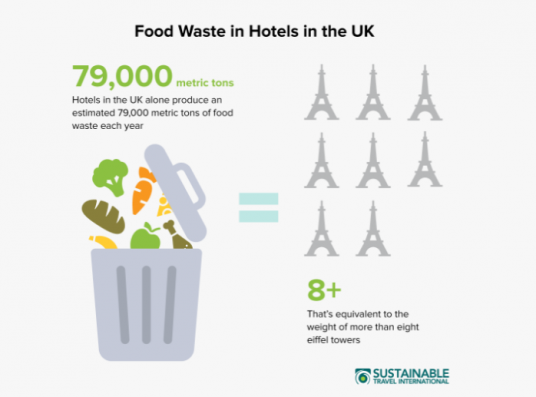
The solution to this problem is neither easy nor univocal, but one of its components is surely to avoid food waste. Each consumer has the power to reduce their own food waste. Moreover, buying km zero and seasonal products avoid import- and export-generated CO2 emissions. And everyone can do it, also when they are on vacation!
A problem-aware direction

All these problems are often not known by travelers and tourist managers. That’s why it is important to promote sustainable tourism and to learn how to respect the environment while traveling. Environmental problem awareness allows tourists and traveler in general to enhance their vacation experience.
There’s no need to give up on traveling if you can make it sustainable. If you haven’t done it yet, it’s time to shift in a different direction, the direction of awareness that brings to sustainable tourism!




